The interior design industry is experiencing a digital revolution, and AI marketing tools for interior design business operations are at the forefront of this transformation. With the global AI interior design market reaching $1.39 billion in 2025 and projected to grow at an impressive 26.9% compound annual growth rate through 2029, interior designers who embrace artificial intelligence are positioning themselves for unprecedented success.
Whether you’re running a boutique residential design firm or managing large commercial projects, AI marketing tools can revolutionize how you attract clients, showcase your work, and grow your business. This comprehensive guide explores the most effective AI marketing strategies and tools that are helping interior design businesses thrive in today’s competitive landscape.
The Current State of AI in Interior Design Marketing
The adoption of AI marketing tools among interior design professionals has accelerated dramatically. According to recent industry research, 65% of design professionals have already integrated AI tools into their workflow, while another third of architecture and design companies plan to implement these technologies within the next few months.
This rapid adoption stems from proven results. Interior design firms using AI-powered marketing tools report a 20% reduction in project timelines and a 15% increase in overall productivity. These improvements translate directly into increased profitability and enhanced client satisfaction.
Market Growth and Opportunities
The numbers tell a compelling story about the future of AI in interior design marketing:
-
Global market value: $1.39 billion in 2025, growing to $3.59 billion by 2029
-
Annual growth rate: 26.9% CAGR indicates sustained expansion
-
Tool adoption: 72% of design studios believe AI will autonomously manage complex spatial designs by 2025
-
Business integration: 68% see AI as a standard tool for project management
Essential AI Marketing Tools for Interior Design Businesses
Content Creation and Visual Marketing Tools
Canva with AI Features has become indispensable for interior designers creating marketing materials. The platform’s AI-powered design suggestions help generate mood boards, social media posts, and client presentations in minutes rather than hours. The tool’s brand kit functionality ensures consistency across all marketing materials while AI suggestions optimize visual appeal for different platforms.
Jasper AI and Copy.ai excel at generating marketing copy tailored specifically to interior design businesses. These platforms can create:
-
Blog post topics about design trends
-
Social media captions for portfolio pieces
-
Email marketing sequences for lead nurturing
-
Website copy that converts visitors into clients
-
Client testimonial requests and follow-up communications
SEO and Content Optimization Platforms
Surfer SEO combined with Frase represents a powerful combination for interior design firms serious about organic traffic growth. These tools analyze top-ranking content for keywords like “luxury interior design” and “home renovation services,” providing data-driven recommendations for content optimization.
The platforms help interior designers:
-
Identify high-value keywords their target clients actually search for
-
Optimize existing website content for better search rankings
-
Plan content calendars based on seasonal design trends
-
Track competitor strategies and identify content gaps
Marketing Automation and Lead Generation Systems
HubSpot with AI enhancements offers comprehensive CRM functionality specifically valuable for interior design businesses. The platform’s AI features automatically score leads based on engagement patterns, helping designers prioritize follow-up efforts on prospects most likely to convert.
Key capabilities include:
-
Automated email sequences for different client types (residential, commercial, luxury)
-
Lead tracking across multiple touchpoints (website, social media, referrals)
-
AI-powered chatbots that qualify prospects 24/7
-
Integration with social media platforms for seamless lead capture
Zapier connects various marketing platforms, creating automated workflows that save hours of manual work. Popular integrations for interior design firms include connecting Instagram business accounts to email marketing platforms, automatically adding new leads from contact forms to CRM systems, and triggering follow-up sequences based on client actions.
AI-Powered Design Tools That Double as Marketing Assets
Virtual Staging and Visualization Platforms
Planner 5D creates photorealistic 4K renderings that serve multiple marketing purposes. Beyond client presentations, these high-quality visuals become powerful social media content, website portfolio pieces, and marketing materials for print advertising.
The platform’s AI analyzes space dimensions and suggests optimal furniture arrangements, creating designs that clients can visualize immediately. This capability significantly reduces the time between initial consultation and signed contracts.
InteriorAI transforms existing room photos into multiple design styles within seconds, providing compelling before-and-after content perfect for social media campaigns and client case studies. The tool’s speed enables real-time design modifications during client meetings, dramatically improving conversion rates.
3D Visualization and Virtual Reality Tools
AiHouse offers comprehensive 3D visualization and virtual showroom capabilities that have proven to increase average order values by over 200%. The platform creates immersive experiences that help clients commit to design decisions more confidently.
For marketing purposes, AiHouse enables:
-
Virtual showrooms for website integration
-
360-degree room tours for social media
-
Interactive design experiences for trade shows
-
Portfolio presentations that stand out from competitors
Strategic Implementation of AI Marketing Tools
Building an Integrated Marketing Ecosystem
Successful interior design firms don’t use AI tools in isolation; they create integrated marketing ecosystems where multiple platforms work together seamlessly. This approach typically includes:
-
Content creation using AI writing tools for blog posts and social media
-
Visual asset generation through AI-powered design platforms
-
Lead capture and nurturing via automated email sequences
-
SEO optimization based on AI analysis of search trends
-
Social media management with AI-suggested posting schedules and content
Measuring ROI and Performance
The most successful interior design firms using AI marketing tools establish clear metrics for measuring return on investment:
-
Lead generation: Track increases in qualified leads from organic search and social media
-
Conversion rates: Monitor how AI-generated content performs compared to manually created materials
-
Time savings: Calculate hours saved through automation and reinvest in high-value activities
-
Client satisfaction: Measure feedback on AI-enhanced design presentations and visualizations
Industry Success Stories and Case Studies
Small Firm Transformation
A boutique residential design firm in Denver implemented AI marketing tools and achieved remarkable results within six months. By using Jasper AI for content creation, Canva for social media graphics, and HubSpot for lead nurturing, they:
-
Increased website traffic by 180% through SEO-optimized blog content
-
Generated 45% more qualified leads through automated social media campaigns
-
Reduced time spent on marketing activities by 30 hours per week
-
Improved client presentation quality, leading to a 25% increase in project value
Commercial Design Firm Success
A commercial interior design firm specializing in hospitality projects leveraged AI tools to expand into new markets. Their strategy included:
-
Using InteriorAI to create compelling portfolio pieces for different hospitality segments
-
Implementing Zapier workflows to automatically qualify leads from trade show interactions
-
Deploying AI-powered chatbots to handle initial client inquiries outside business hours
The results included a 60% increase in qualified commercial leads and successful expansion into three new metropolitan markets within 18 months.
Overcoming Common Implementation Challenges
Integration Complexity
Many interior design firms worry about the complexity of integrating multiple AI tools. The key is starting small with one or two platforms and gradually expanding the toolkit as comfort levels increase. Most successful implementations begin with content creation tools before moving to more complex automation systems.
Cost Considerations
While AI tools require investment, the costs often pale compared to traditional marketing expenses. Many platforms offer tiered pricing that scales with business growth, making them accessible to firms of all sizes. The productivity gains typically justify costs within the first quarter of implementation.
Training and Adoption
Staff training remains crucial for successful AI tool implementation. Leading firms invest in comprehensive training programs and designate AI champions who help team members adapt to new workflows and maximize tool capabilities.
Future Trends and Opportunities
Emerging Technologies
The integration of AI with Internet of Things (IoT) devices promises to create even more sophisticated marketing opportunities for interior design firms. Smart home integrations will provide valuable data about client preferences and space utilization patterns.
Advanced Personalization
Generative AI advancements are enabling hyper-personalized marketing experiences. Interior design firms will soon be able to create unique design visualizations for each prospect based on their specific style preferences and space requirements.
Sustainable Design Focus
AI tools are increasingly incorporating sustainability metrics, helping interior design firms market their environmental consciousness and attract eco-minded clients.
Conclusion
AI marketing tools for interior design business growth represent more than just a technological trend—they’re essential for staying competitive in an rapidly evolving industry. With the market projected to reach $3.59 billion by 2029 and 65% of design professionals already integrating AI into their workflows, the question isn’t whether to adopt these tools, but how quickly to implement them.
The interior designers who embrace AI marketing tools today are positioning themselves to capture a larger share of an expanding market while delivering superior client experiences. From automated lead generation to stunning visual presentations, these tools offer the efficiency and sophistication modern clients expect.
Success requires strategic implementation, starting with foundational tools like content creation platforms and gradually expanding to comprehensive marketing ecosystems. The firms that invest time in proper training and integration will reap the greatest rewards in terms of increased leads, higher conversion rates, and improved profitability.
The future of interior design marketing is here, powered by artificial intelligence and waiting for forward-thinking firms to seize the opportunity.
FAQs
Q1: How much do AI marketing tools for interior design businesses typically cost?
A: Costs vary significantly based on features and scale. Basic tools like Canva Pro start around $15/month, while comprehensive platforms like HubSpot can range from $45-$3,200/month depending on features needed. Most firms see positive ROI within 3-6 months of implementation.
Q2: Can small interior design firms benefit from AI marketing tools, or are they only for larger companies?
A: Small firms often see the greatest relative benefits from AI marketing tools. These platforms level the playing field by providing access to sophisticated marketing capabilities previously available only to larger firms with dedicated marketing teams. Many tools offer scalable pricing that grows with your business.
Q3: How long does it take to see results from AI marketing tools in interior design?
A: Most firms report noticeable improvements in efficiency within 2-4 weeks of implementation. Lead generation improvements typically appear within 2-3 months, while significant revenue growth often materializes within 6-12 months as automated systems mature and compound their effects.
Q4: Are AI-generated designs and marketing materials as effective as human-created content?
A: AI tools excel at augmenting human creativity rather than replacing it. The most effective approach combines AI efficiency with human expertise and creative judgment. Studies show that AI-enhanced marketing materials often outperform purely manual approaches while requiring significantly less time to create.
Q5: What’s the single most important AI marketing tool for interior design firms just starting out?
A: Content creation platforms like Jasper AI or Copy.ai provide the highest immediate impact for most firms. These tools can generate blog posts, social media content, and email campaigns that drive organic traffic and lead generation while requiring minimal technical expertise to implement.

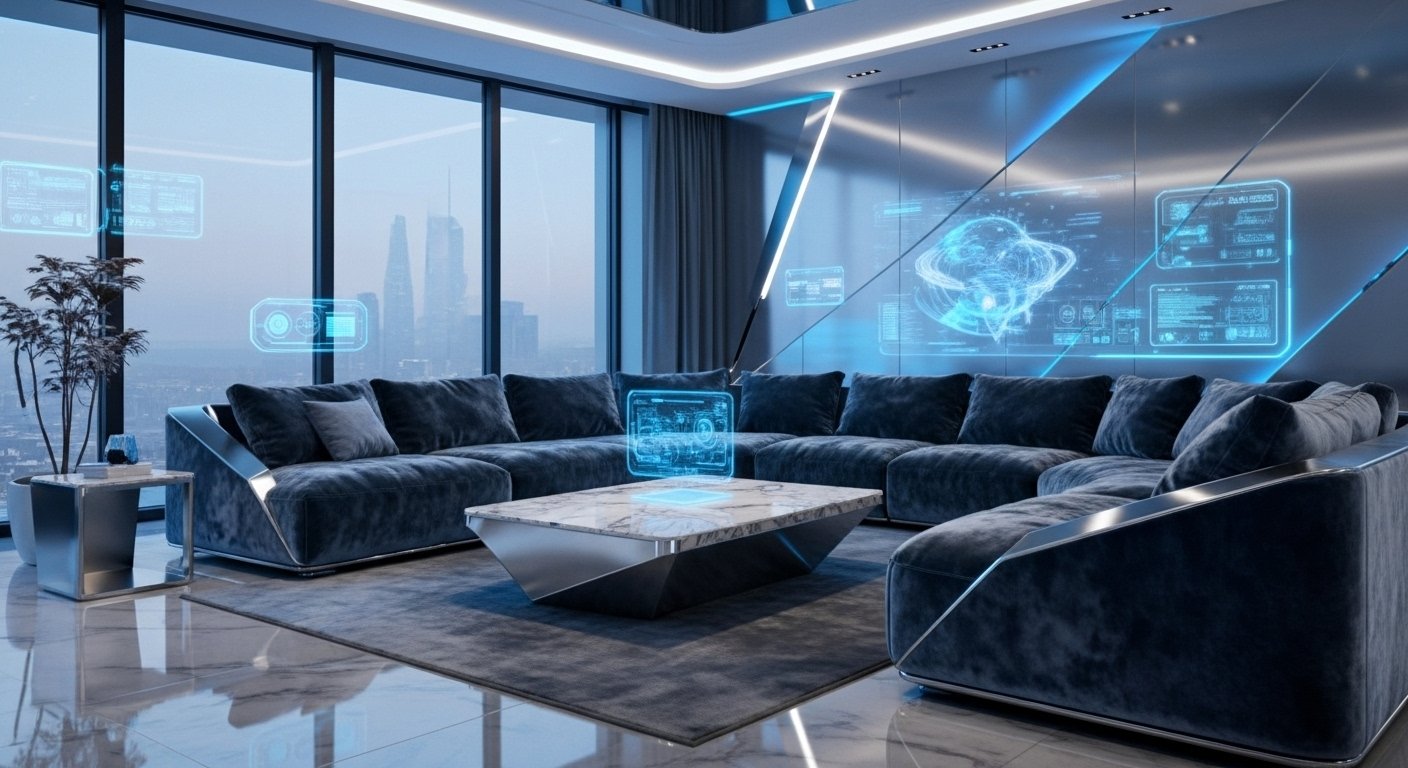
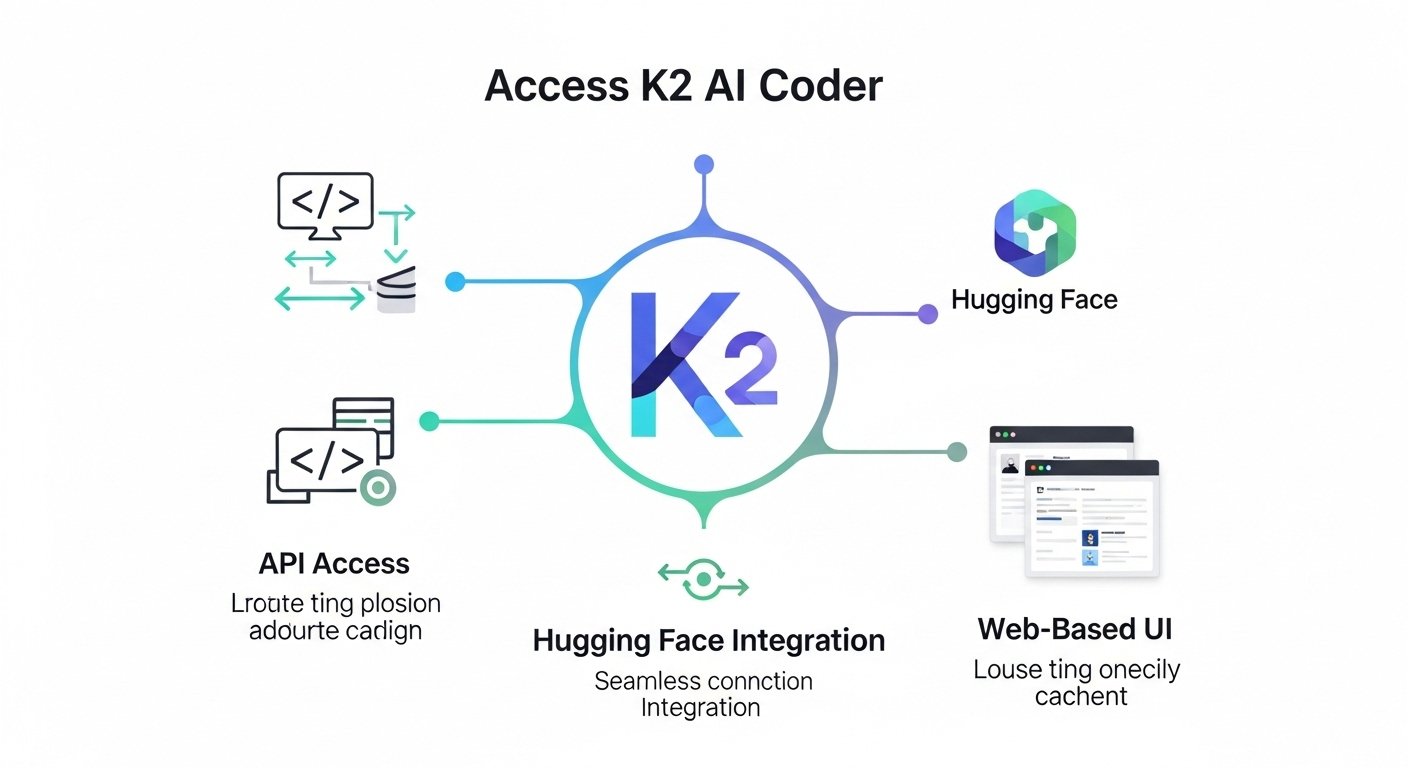

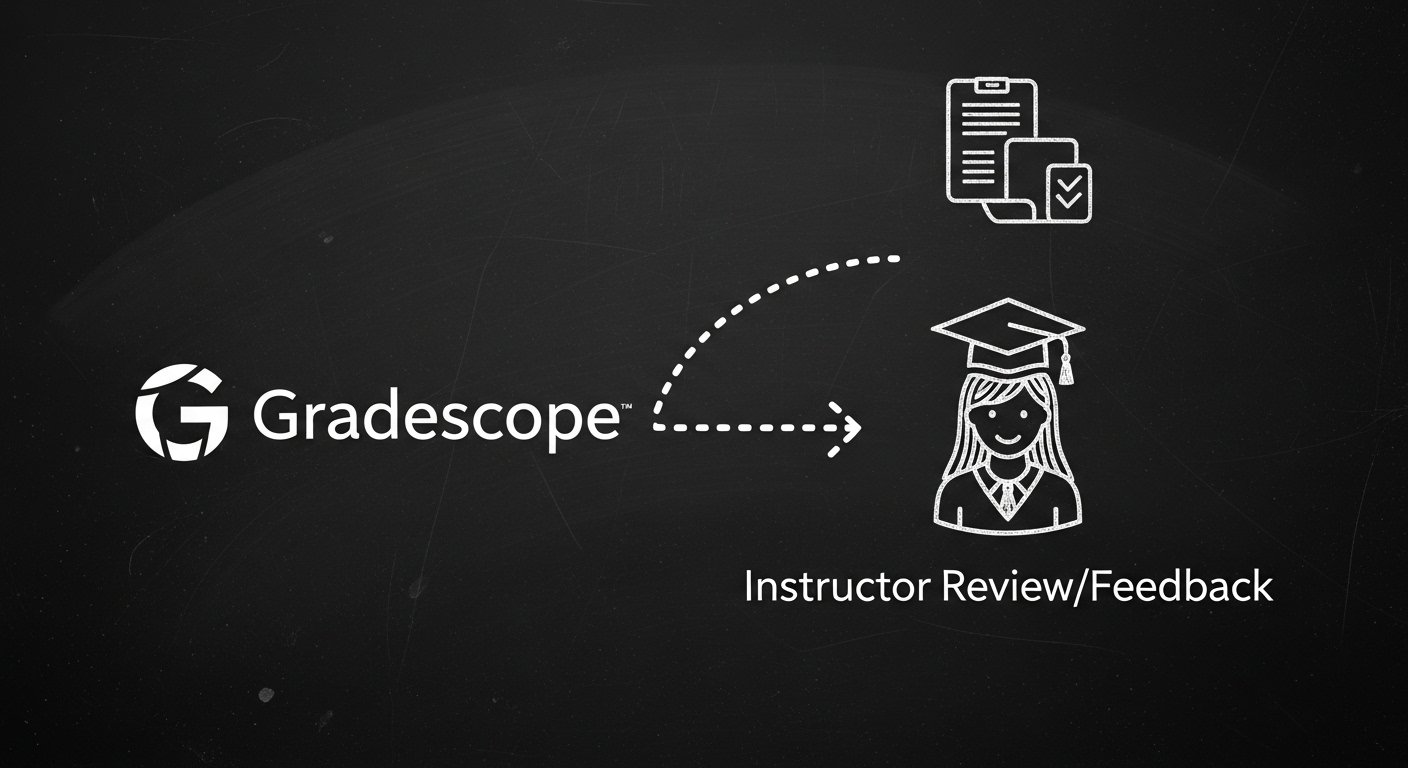
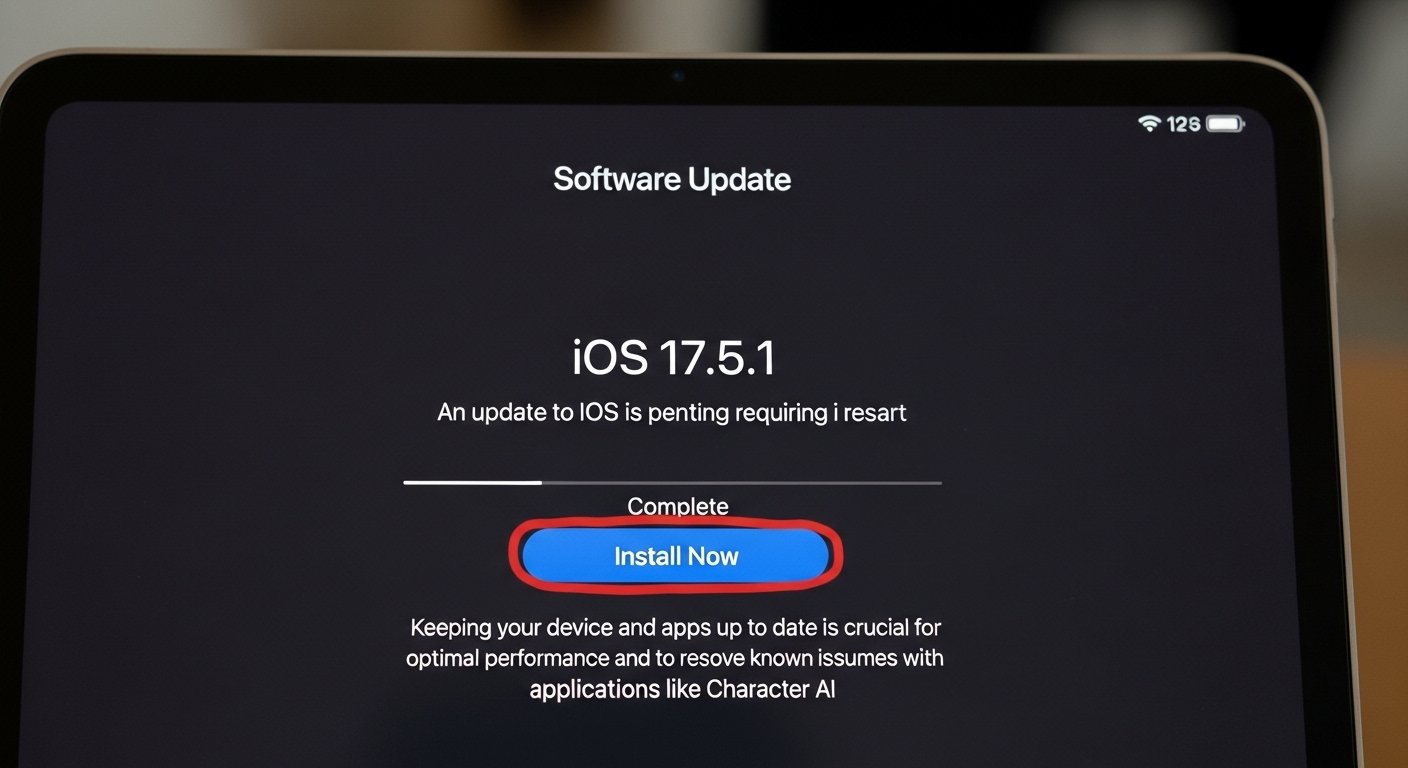
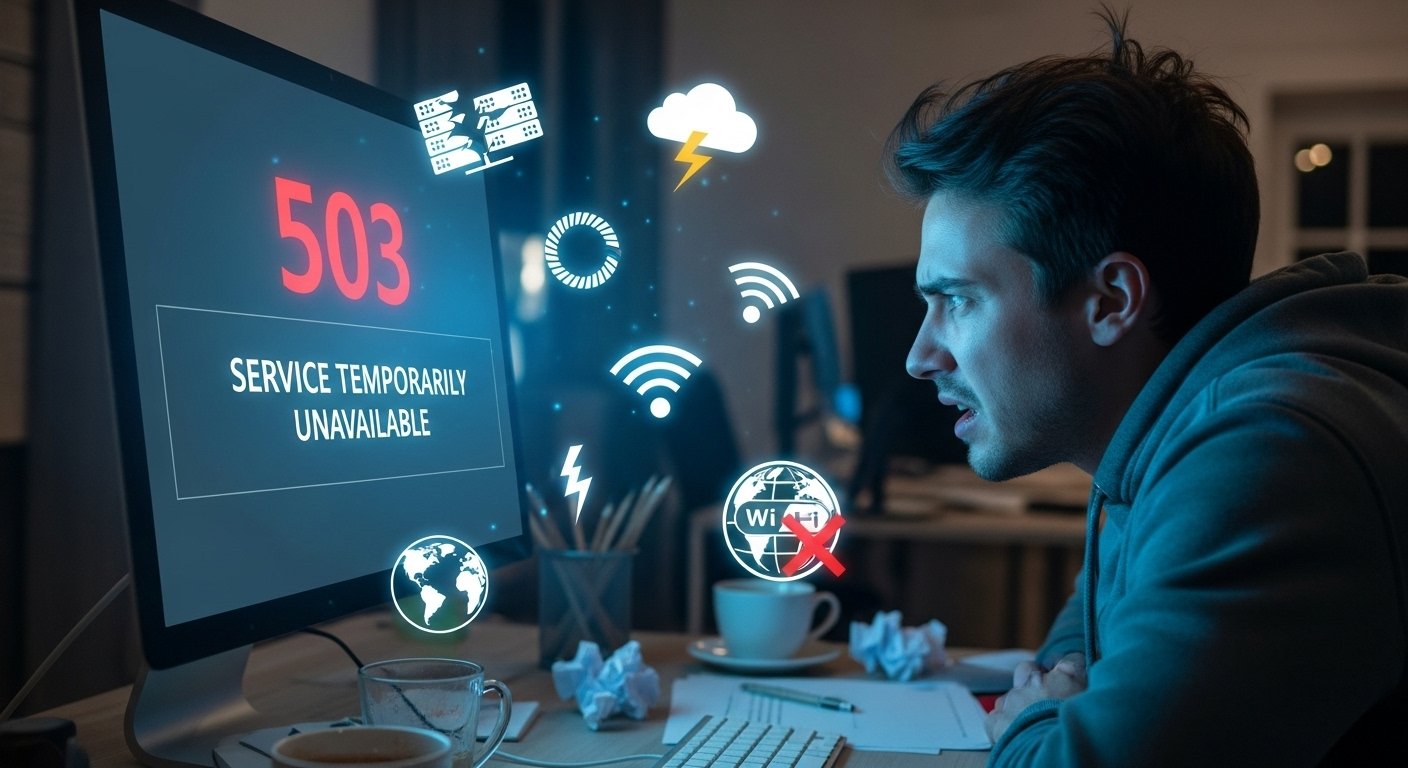

Leave a Reply